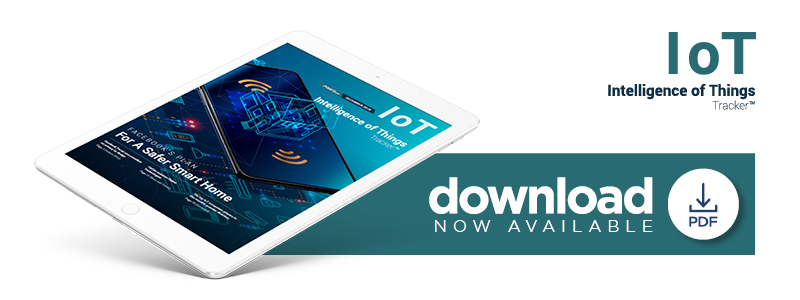Can Facebook’s Portal Win Consumers’ Trust?

More isn’t always more. As the Intelligence of Things (IoT) market grows, there are more IoT devices providing more data. However, that doesn’t mean customers are any more ready to use all those technologies and data.
In fact, many companies are not able to effectively use the data received. According to a new report, many businesses are finding that their enterprise resource planning (ERP) systems aren’t up to snuff for leveraging the flood of IoT data. That problem might be growing, too.
In 2017, 40 percent of IoT decision-makers said their ERP software either hinders or poorly handles IoT data integration. This year, that share rose to 46 percent.
Meanwhile, other entities are diving into another major IoT hurdle: security. The U.S. government, for one, is working to provide better oversight of the IoT industry, while the International Organization for Standardization (ISO) released a  standard to help developers and designers ensure that their IoT systems are secure and reliable.
standard to help developers and designers ensure that their IoT systems are secure and reliable.
In the latest Intelligence of Things Tracker, PYMNTS charts both the hurdles facing the IoT market and the latest efforts to answer those challenges, as well as provide security and convenience.
Around The IoT World
The ISO’s security efforts come at a prime time, as new studies have demonstrated a deep level of consumer mistrust of IoT. In fact, a new survey from the Internet Society reported that 90 percent of Asia-Pacific consumers don’t trust IoT device manufacturers or service providers to make their devices secure. Many also fear that their devices would spy on them, or that their devices would be compromised by cybercriminals.
Still, other players think IoT has a lot to offer, including the ability to make cars and driving safer — or at least make sure that when things go wrong and accidents happen, it’s easier recover. Gemalto, a digital security company, is one such player, which teamed up with automotive IoT and machine-to-machine (M2M) solutions provider Globalmatix to provide a new offering intended to give real-time diagnostic data on vehicles. This information could be used by mechanics at a racetrack to monitor race cars and prepare to make quick repairs.
Meanwhile, cloud-based software company Salesforce is hoping to leverage IoT technology to help keep appliances and similar products in good repair. Its new Salesforce Insights solution utilizes sensors on these products to feed information to customer service agents about when breaks might happen. This is so they can deploy field technicians with the appropriate tools early enough to catch an issue before it becomes a big problem.
To get all the latest headlines, download the Tracker.
Facebook Portal’s Privacy By Design
As connected devices become more common in consumers’ homes, Facebook is hoping to join the movement with its new smart home device: Portal. However, for a company mired in well-publicized privacy scandals, getting consumers to trust Portal may be a difficult proposal. Fighting that fear factor means working to ensure that — when customers read about the features like a smart camera that can track people as they move around a room — the customers will find the features convenient, not creepy.
In this month’s feature story, PYMNTS caught up with Rafa Camargo, vice president of the Facebook Portal team, about how the company sought to address privacy concerns when designing the smart home device. That included careful design choices when it came to physical hardware features, as well as decisions around information storage and device-based computing.
About The Tracker
The Intelligence of Things Tracker showcases companies that are leading the way in all aspects of the Intelligence of Things. Every month, the Tracker looks at what these companies are doing across the ecosystem and in several categories, including Personal, Home, Retail, Transportation, Wearable, Mobile, Infrastructure, Data and more.
